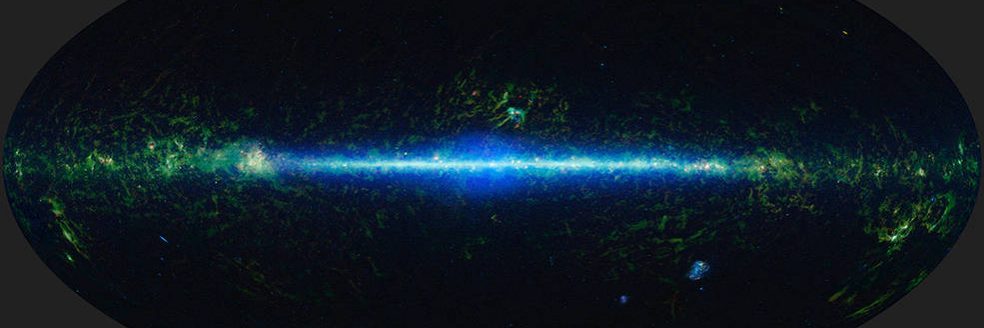This mosaic is composed of images covering the entire sky, taken by the Wide-field Infrared Survey Explorer (WISE) as part of WISE’s 2012 All-Sky Data Release. By observing the entire sky, WISE can search for faint objects, like distant galaxies, or survey groups of cosmic objects.
Source: NASA/JPL-Caltech/UCLA
Astronomers at NASA have put together a time-lapse video that shows how the universe has changed in the past 12 years.
Using images from the Near-Earth Object Wide Field Infrared Survey Explorer or NEOWISE, NASA was able to stitch together thousands of pictures to create 18 sky maps, that was eventually turned into a ‘movie’.
Experts say that the time-lapse showcases incredible changes within the universe over the past decade, such as the brightness or position of a space object.
“If you go outside and look at the night sky, it might seem like nothing ever changes, but that’s not the case,” said Principal investigator for NEOWISE at the University of Arizona. “Stars are flaring and exploding. Asteroids are whizzing by. Black holes are tearing stars apart. The universe is a really busy, active place.”
NEOWISE was originally created as a data processing project to monitor and detect asteroids, but the spacecraft known as WISE, was fitted with cooled detectors that NASA says made them sensitive to infrared light, perfect for tracking objects in the night sky.
However, the WISE mission ended in 2011 after detectors onboard ran out of coolant, so they repurposed the spacecraft and gave it a new mission-NEOWISE.
Since then, the infrared telescope scans the sky ever six months and provides plenty of data for scientists. In 2020, 12 all-sky maps had been released and from this information, astronomers were able to study brown dwarfs, which are objects found in the darkness but close to our Sun.
NEOWISE has helped to with more research on such things as black holes and dusty blankets.
Astronomer at NASA Peter Eisenhardt said the results of the mission have been and continue to be unexpected.
“We never anticipated that the spacecraft would be operating this long, and I don’t think we could have anticipated the science we’d be able to do with this much data,” he said.
Click here to watch the time-lapse:https://www.youtube.com/watch?v=qOVTqPvV6wY&list=PLTiv_XWHnOZp7htSzWONiegbedmQ_60LG





